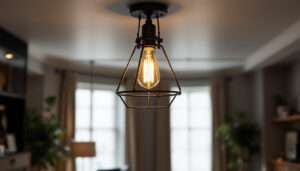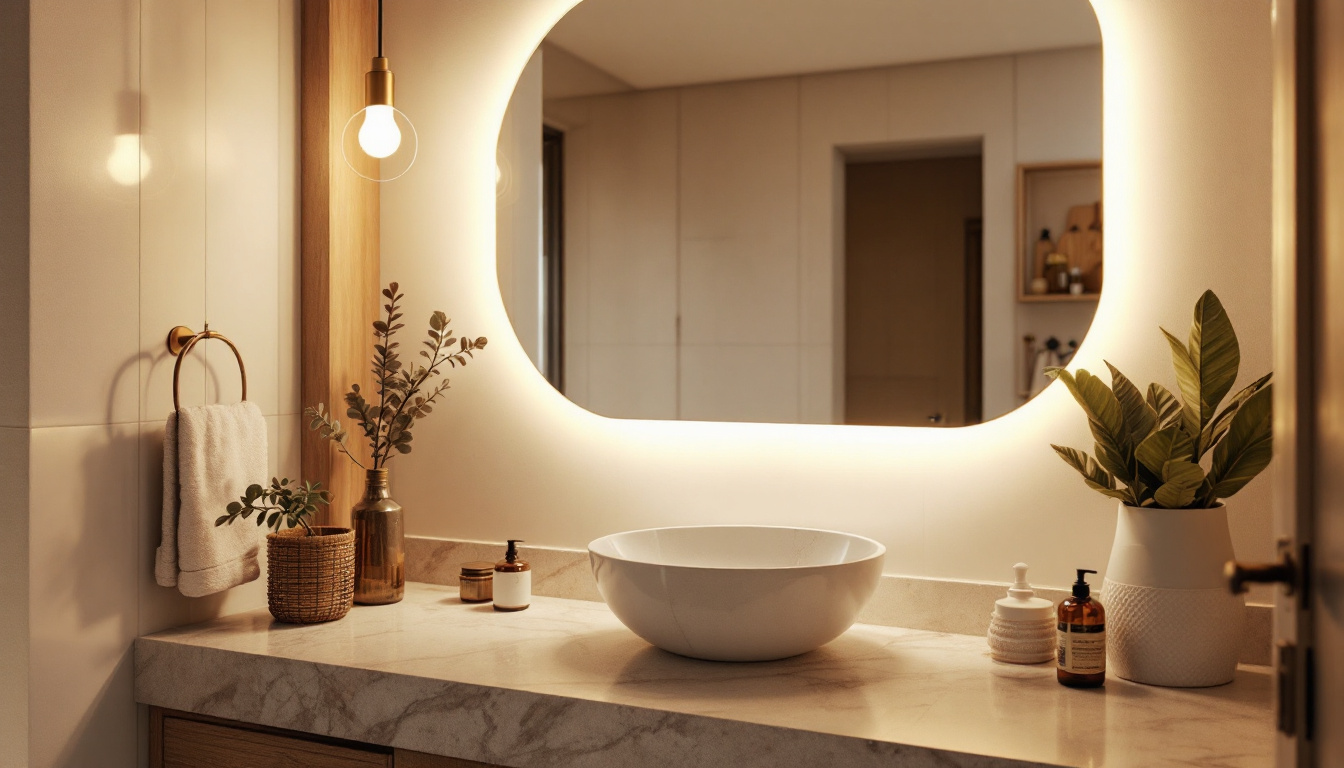

Can lighting, also known as recessed lighting, has become a popular choice among homeowners and designers alike. Its sleek design and ability to provide ambient lighting make it a staple in modern interiors. However, installing can lights requires meticulous planning and execution. For lighting contractors, having a comprehensive checklist can streamline the process and ensure that every project meets the highest standards. This article provides a thorough checklist tailored for lighting contractors working with can lighting.
Before diving into the checklist, it’s essential to understand what can lighting entails. Can lights are installed into the ceiling, creating a clean, unobtrusive look. They can be used for various purposes, including general lighting, task lighting, and accent lighting. The versatility of can lights makes them suitable for residential and commercial spaces. In addition to their aesthetic appeal, can lights are often energy-efficient, especially when paired with LED bulbs, which can significantly reduce electricity costs over time while providing bright, consistent illumination.
There are several types of can lights available on the market, each designed for specific applications. Some common types include:
Can lighting offers numerous advantages, including:
Moreover, can lights can be strategically placed to highlight architectural features or artwork, creating focal points that draw the eye and add depth to a space. The ability to adjust the beam angle and direction of some can lights also allows homeowners and designers to customize the lighting effect, making it easy to create a warm, inviting atmosphere or a bright, energizing environment, depending on the desired mood. Additionally, with advancements in smart lighting technology, many can lights can now be integrated into home automation systems, enabling users to control their lighting remotely or set schedules for different times of the day.
When planning your can lighting layout, it’s important to consider the overall design of the space and the activities that will take place there. For instance, in a kitchen, task lighting is crucial for areas like countertops and islands, while in a living room, a combination of ambient and accent lighting can create a cozy and welcoming environment. The use of dimmers can further enhance the functionality of can lights, allowing for adjustments in brightness to suit various occasions, from lively gatherings to quiet evenings at home.
Proper planning is crucial for a successful can lighting installation. The following checklist outlines the essential steps to take before installation begins.
Conducting a thorough site assessment helps identify potential challenges and opportunities for the installation. Consider the following:
Additionally, it’s important to assess the overall layout of the room. Take note of furniture placement and how natural light enters the space, as these factors can influence where the can lights should be positioned. For instance, if a room has large windows, you might want to place lights in a way that complements the natural light rather than competing with it. Furthermore, consider the room’s purpose; a cozy reading nook may benefit from softer lighting, while a kitchen may require brighter, more focused illumination.
Design plays a significant role in the effectiveness of can lighting. When planning the layout, keep these factors in mind:
Moreover, think about the color temperature of the bulbs you plan to use. Warmer tones (around 2700K to 3000K) create a cozy atmosphere, ideal for living areas, while cooler tones (4000K and above) are often preferred for workspaces, as they mimic daylight and can help improve focus. Additionally, the style of the can lights themselves can greatly affect the overall aesthetic of the room; whether you choose sleek, modern fixtures or more traditional designs, ensure they align with your overall decor theme for a cohesive look. Remember, the right combination of design elements will not only enhance the functionality of the lighting but also elevate the ambiance of your space.
Once the pre-installation steps are complete, it’s time to focus on the actual installation process. This checklist will guide contractors through each phase of the installation.
Before starting the installation, ensure that all necessary tools and materials are on hand. This includes:
Safety should always be a priority during installation. Follow these electrical safety guidelines:
With safety measures in place, proceed with the installation. The following steps outline the process:
After installation, it’s essential to conduct a thorough review to ensure everything is functioning correctly and meets quality standards. This checklist will help contractors wrap up the project effectively.
Conducting final inspections is crucial to ensure that everything is in order. Consider the following:
Once the installation is complete, a walkthrough with the client can help ensure satisfaction and address any questions. During this walkthrough:
Even with a comprehensive checklist, challenges can arise during can lighting installations. Being prepared for these common issues can help contractors navigate them effectively.
Wiring problems can often cause delays or complications during installation. To address these issues:
Obstacles within the ceiling structure can complicate installations. To overcome these challenges:
Managing client expectations is crucial for a successful project. To ensure alignment:
Can lighting installations can significantly enhance the aesthetic and functionality of a space. For lighting contractors, having a detailed checklist is invaluable in ensuring a smooth installation process. From pre-installation planning to post-installation inspections, each step plays a crucial role in delivering a high-quality result. By following this checklist, contractors can enhance their efficiency, improve client satisfaction, and ultimately build a reputation for excellence in the field of lighting design.
Ready to elevate your can lighting installations with superior quality products at unbeatable prices? Look no further than LumenWholesale. Our spec-grade lighting selection is designed to meet the highest industry standards, ensuring reliability and performance for every project. Say goodbye to inflated markups and hello to hassle-free bulk buying with free shipping. Make your next project shine with the perfect blend of quality, affordability, and convenience. Discover the best value in wholesale lighting by visiting LumenWholesale today.

Discover the essential insights lighting contractors need to know about flush mount ceiling lights.

Discover the ultimate guide to mastering Monument Fluorescent Vanity Light installations with insights from top lighting contractors.

Discover why purchasing high bay lighting in bulk from local distributors might not be your best choice.

Discover the key elements of cafe lighting that every contractor should know.
Get notified when NEW deals are released.
Optimize your budget with wholesale discounts.
Only top-quality, specification-grade lighting products.
No additional costs at checkout - what you see is what you pay.
We understand the unique needs of contractors.